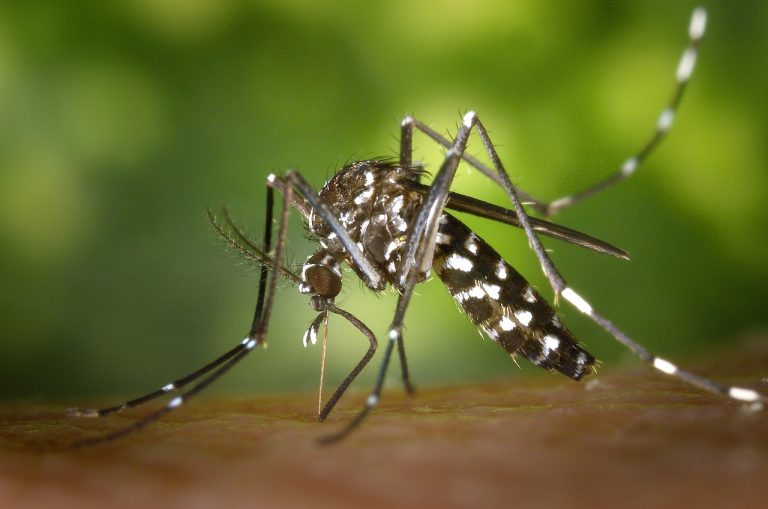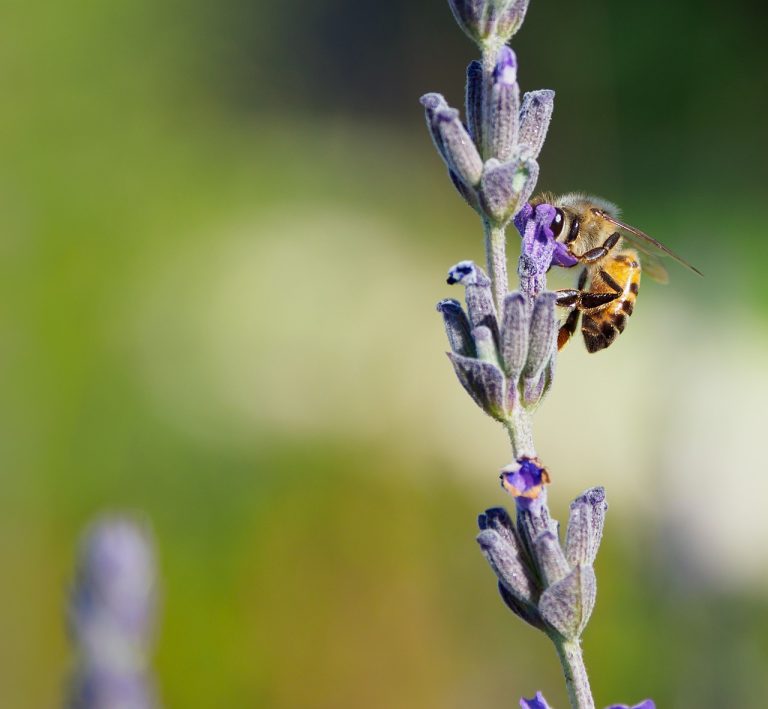WHEN IS THE BEST TIME TO FEED FOXES
Embarking on the enchanting journey of feeding foxes requires a rhythmic dance with the clock, a ballet of nature’s own making. Picture this: the sun gently bowing out of the sky, leaving behind a canvas painted in hues of twilight.
Ah, that’s the magical hour when the question arises, “When is the best time to feed foxes?” Delve into the symphony of dusk and dawn, where the forest whispers its secrets, and the foxes emerge as silent ballet dancers, ready for their nightly feast. Join us as we unravel the temporal secrets of nourishing these elusive creatures, exploring the mystical tapestry of nature’s clockwork.
WHEN IS THE BEST TIME TO FEED FOXES?
The best time to feed foxes is during dusk or dawn, ensuring consistency in feeding times. Offer food once a day to avoid dependence, focusing on a balanced diet for their health.
Foxes are primarily nocturnal, so feeding them during twilight hours aligns with their natural hunting patterns. This timing allows them to feel secure while foraging for food. Consistency in feeding times helps establish trust and routine. Offering food once a day prevents over-reliance and encourages their hunting instincts. A balanced diet is crucial, including meats, vegetables, and supplements for their overall well-being. Avoid erratic feeding schedules to maintain their independence and survival skills in the wild.
UNDERSTANDING FOX FEEDING PATTERNS
Before delving into the ideal feeding times, it’s essential to comprehend the dietary habits of foxes. These omnivores have a diverse diet, including small mammals, insects, fruits, and plants.
THE IMPORTANCE OF TIMING IN FOX FEEDING
Timing plays a pivotal role in maintaining a healthy feeding routine for foxes. It directly impacts their foraging behavior and overall health.
BEST TIMES TO FEED FOXES: NATURE’S RHYTHM
The natural rhythm of foxes aligns with specific times of the day, with dawn and dusk being their primary feeding periods. These periods coincide with the fox’s increased activity, making it an opportune time for feeding.
FACTORS INFLUENCING FOX FEEDING TIMES
Various factors influence when foxes choose to feed. Environmental conditions, availability of prey, and seasonal changes significantly impact their feeding patterns.
DAWN AND DUSK: PRIME FEEDING PERIODS
Dawn and dusk, those magical moments where the world transitions between light and darkness, hold a special significance for our elusive friends, the foxes. These periods, often referred to as the twilight hours, mark the prime feeding times for these graceful creatures.
ACTIVITY DURING TWILIGHT HOURS
INCREASED ACTIVITY
Foxes exhibit heightened activity during dawn and dusk. These times serve as their biological clock’s cue for foraging, where they become more alert and agile in search of sustenance.
HUNTING AND FORAGING
Dawn and dusk are when foxes are at their most active and resourceful. They utilize their keen senses to hunt small mammals, scavenge for insects, or even gather fruits and plants to fulfill their dietary needs.
ADAPTATION TO LIGHT CONDITIONS
VISUAL ADVANTAGE
Foxes possess excellent night vision, allowing them to navigate their surroundings adeptly during low light conditions. This advantage aids them in their quest for food during the dimly lit hours of dawn and dusk.
CAMOUFLAGED MOVEMENTS
Their fur, designed with hues that blend seamlessly into the surrounding environment, provides them with a form of natural camouflage. This allows them to move stealthily, maximizing their chances of a successful hunt.
IMPORTANCE FOR SURVIVAL
SUSTAINING ENERGY LEVELS
Feeding during dawn and dusk is crucial for foxes to sustain their energy. These feeding times enable them to replenish expended energy from their nocturnal activities and prepare for the upcoming night.
NATURAL RHYTHMS
The biological clock of foxes is intricately attuned to these specific times. Their innate instincts drive them to be most active and efficient in their food gathering endeavors during these periods.
ENVIRONMENTAL AND BEHAVIORAL FACTORS
ENVIRONMENTAL SAFETY
Dawn and dusk provide a sense of safety for foxes. These hours offer them a balance between darkness and light, minimizing potential threats from predators while maximizing their chances of successful hunting.
SOCIAL INTERACTIONS
These twilight hours also present opportunities for social interactions among foxes. They might engage in communal hunting or reinforce social bonds during these active periods.
SEASONAL VARIATIONS IN FOX FEEDING
Understanding the seasonal variations in fox feeding is crucial as it directly impacts the availability of food sources for these wild animals. Foxes, being adaptable creatures, adjust their feeding behaviors in response to the changing environments across different seasons.
SEASONAL INFLUENCE ON FOOD SOURCES
ABUNDANCE IN SPRING AND SUMMER
During spring and summer, foxes often encounter an abundance of food. Small mammals, birds, insects, and fruits are more readily available, allowing them to forage more easily.
SCARCITY IN FALL AND WINTER
As fall and winter approach, food sources can become scarcer. The reduced availability of certain prey and vegetation prompts foxes to adapt their foraging behaviors to sustain themselves through the leaner months.
ADAPTING FEEDING SCHEDULES
SUPPLEMENTARY FEEDING
In response to the seasonal variations, providing supplemental food can assist foxes during times of scarcity. Adjusting feeding schedules during fall and winter ensures they receive adequate nutrition to compensate for the lack of natural prey.
BALANCED DIET ADJUSTMENT
Understanding which food sources are scarce during specific seasons helps in offering a balanced diet that complements their natural intake. This might involve providing additional fruits or alternative protein sources to supplement their diet.
SUPPORTING FOX HEALTH
PREVENTING MALNUTRITION
By acknowledging the seasonal fluctuations and adjusting feeding practices, the risk of malnutrition during lean periods can be minimized. This contributes significantly to maintaining their health and vitality.
ENCOURAGING NATURAL BEHAVIOR
Supplementary feeding during scarcity preserves the foxes’ natural instincts. It encourages them to continue foraging and hunting behaviors, preventing overreliance on human-provided sustenance.
CONSIDERATIONS FOR CONSERVATION
ENVIRONMENTAL IMPACT
Understanding how seasonal changes affect food availability for foxes aids in conservation efforts. Recognizing these fluctuations helps in better managing habitats to support wildlife.
CONSERVATION INITIATIVES
Conservationists can utilize this knowledge to implement initiatives that ensure sufficient food sources for foxes, especially during critical periods, contributing to the overall health of local ecosystems.
FEEDING FOXES IN URBAN SETTINGS
Feeding foxes in urban settings demands a thoughtful approach that considers the coexistence of these wild animals within human-populated areas. It’s essential to provide sustenance in a manner that respects their natural feeding patterns while minimizing potential disruptions caused by human intervention.
ALIGNING WITH NATURAL FEEDING PATTERNS
UNDERSTANDING URBAN FOXES
Urban settings pose unique challenges for foxes. These adaptable creatures navigate urban landscapes while still relying on their innate hunting and foraging instincts. Recognizing their ability to survive in these environments is crucial.
CONSISTENT FEEDING
Offering food to urban foxes should align with their natural feeding patterns. Establishing a consistent schedule mimicking their active periods, typically at dawn and dusk, ensures they can access sustenance without altering their behavior drastically.
MITIGATING HUMAN INTERFERENCE
Maintaining a balance between providing support and allowing foxes to maintain their wild behaviors is essential. It’s vital to avoid over-interference or attempts to domesticate these animals, as this can disrupt their natural instincts.
URBAN SETTING CONSIDERATIONS
FOOD ACCESSIBILITY
Ensure that the provided food is easily accessible yet not overly conspicuous. Placing it discreetly in areas where foxes frequent reduces the potential for attracting unwanted attention or disturbances.
MINIMIZING DEPENDENCY
Avoid creating a reliance on human-provided meals. This involves offering food as a supplement rather than a primary source, encouraging foxes to continue their natural foraging behaviors.
EDUCATING COMMUNITIES
Raising awareness within urban communities about coexisting with foxes is crucial. Encouraging responsible behaviors, such as securing trash bins and minimizing food waste, helps prevent conflicts and promotes harmonious cohabitation.
BALANCING COEXISTENCE
RESPECTING THEIR SPACE
Allowing foxes the space to maintain their natural behaviors fosters their resilience in urban environments. Avoiding unnecessary disturbances or attempts to domesticate them is key.
PREVENTION OF CONFLICTS
Minimizing potential conflicts between humans and foxes involves understanding their behaviors and taking steps to prevent scenarios that could lead to clashes or disruptions in the urban ecosystem.
MONITORING AND ADAPTATION
Continuously monitoring the interactions between urban environments and foxes allows for adaptive measures. This involves adjusting feeding practices based on observations to maintain a balance that benefits both the animals and the community.
DOs AND DON’Ts OF FEEDING FOXES
When it comes to nourishing these enigmatic creatures, foxes, there are certain guidelines that need careful consideration. The dos and don’ts of feeding foxes revolve around a delicate balance that ensures their health while safeguarding their natural instincts.
DOs
SUITABLE AND NUTRITIOUS FOOD
Foxes have specific dietary needs. Offering appropriate, nutritious food is crucial for their well-being. Opt for a balanced diet that mimics their natural intake, including meats, fruits, and vegetables in moderate portions. This variety ensures they receive essential nutrients.
FEEDING IN MODERATION
While it’s tempting to provide plentiful food, moderation is key. Overfeeding can lead to various health issues for foxes, disrupting their digestive system and causing dependency on human-provided meals. Establishing a regular feeding schedule with measured portions prevents over-reliance.
RESPECTING THEIR WILD NATURE
Maintain a respectful distance and avoid attempting to tame or domesticate foxes. Keeping them wild is essential for their survival and well-being. Providing food should not lead to attempts to interact or domesticate these creatures.
MONITORING HEALTH
Observing the foxes you feed is vital. Any signs of illness or abnormal behavior should be noted, and if necessary, seek assistance from wildlife professionals or veterinarians who specialize in caring for these animals.
DON’Ts
AVOIDING UNHEALTHY FOOD
Feeding foxes human food or processed items is a strict no. Items like chocolate, onions, or foods high in salt can be toxic to them. Stick to their natural diet to ensure their health remains intact.
PREVENTING OVERDEPENDENCE
Consistent, excessive feeding can lead to foxes relying solely on human-provided meals, disrupting their natural foraging behaviors. It’s crucial to strike a balance that encourages their independence in hunting for their food.
DISRUPTING NATURAL BEHAVIOR
Feeding should not lead to alterations in the foxes’ natural behaviors. They should continue to exhibit their wild instincts, hunting for their food, and maintaining their distance from human interference.
NEGLECTING LOCAL REGULATIONS
Before initiating any feeding regimen, be aware of local laws or regulations regarding feeding wildlife. Some areas might have restrictions or guidelines in place to protect both the animals and the community.
ENSURING FOX HEALTH THROUGH PROPER FEEDING
Ensuring the health and well-being of foxes through proper feeding practices goes beyond merely offering food; it involves understanding their dietary needs and aligning feeding routines with their natural behaviors. Properly timing and regulating fox feeding play a pivotal role in maintaining their health and fostering their innate behaviors.
TIMING AND REGULATION
PREVENTING MALNUTRITION
Timing is crucial in ensuring foxes receive adequate nourishment. Consistent feeding schedules aligned with their natural feeding patterns prevent malnutrition. By feeding foxes during their active periods, typically at dawn and dusk, they have better access to the nutrients needed to sustain their energy levels.
ENCOURAGING NATURAL BEHAVIOR
Regulating the feeding process allows foxes to maintain their natural instincts. When food is available predictably but not excessively, it encourages them to exhibit their natural foraging behaviors. This preserves their hunting skills and prevents overreliance on human-provided food sources.
IMPACT ON FOX HEALTH
Properly timed and regulated feeding contributes significantly to the overall health of these magnificent creatures. Adequate nutrition prevents deficiencies that could lead to health issues. It also aids in maintaining their coat’s quality and robustness, ensuring they remain resilient in the wild.
PREVENTING MALADAPTIVE BEHAVIORS
AVOIDING DEPENDENCY
Feeding at irregular intervals or offering excessive food can lead to dependency. Foxes may become reliant on human-provided meals, losing their instinct to hunt for themselves. This dependency disrupts their natural behaviors and poses risks to their survival.
MAINTAINING WILD INSTINCTS
When fed in a regulated manner, foxes maintain their wild instincts. They retain their ability to hunt and forage for food, ensuring they stay connected to their natural environment. This fosters their resilience and adaptability in the wild.
HEALTH BENEFITS
Proper feeding contributes to the overall wellness of foxes. It aids in their growth, reproduction, and overall vitality. A well-fed fox is more likely to exhibit healthy behaviors and contribute positively to its ecosystem.
Frequently Asked Questions (FAQ) about “WHEN IS THE BEST TIME TO FEED FOXES”
Should I feed foxes every day?
Feeding foxes regularly isn’t advisable as it might make them dependent and disrupt their natural foraging habits.
What should I feed foxes?
opts for a balanced diet including meats, fruits, and vegetables in small portions.
Can I feed foxes at night?
Avoid feeding foxes during the night as it might attract unwanted attention or disrupt their natural behavior.
How do I discourage foxes from my property?
Ensure no readily available food sources are accessible, and deter them gently without causing harm.
Are there risks in feeding foxes?
Yes, overfeeding can lead to health issues and reliance on human-provided food, disrupting their natural behavior.
CONCLUSION
In the heart of nature’s timepiece, the question of when to feed foxes finds its perfect answer in the delicate balance between dusk and dawn. As the sun bids adieu and the stars start their nightly dance, these moments offer more than just feeding opportunities; they unveil a connection to the wild, a bridge between human care and the untamed spirit of these magnificent creatures.
By honoring their natural rhythms, respecting their independence, and providing nourishment in the twilight hours, we not only offer sustenance but also foster a bond with the enigmatic world of foxes, leaving an imprint on their lives while cherishing the beauty of the wilderness.








